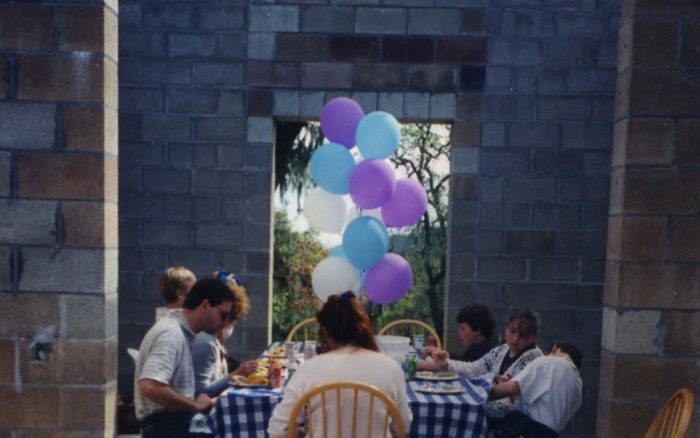Afterthoughts: Conversation with David Abram, Part One
One of the lingering questions that has stayed with me since my conversation with David Abram (C. G. Jung Institute, see below), was asked by a woman toward the end of the evening. Her question centered around how can you experience nature when most of your daily walks and activities are in cities on concrete and asphalt.
David answered that concrete too is nature. At the time I thought, not for me! But then I realized he was talking about another kind of consciousness (although “consciousness” is not a word he uses.) This way of being is awake to the present and treats what is there with respect: the concrete pushing against your foot as you walk; the sun shining dully on a stucco wall, the scent of asphalt, maybe even the sound of a leaf blower nearby (Goddess forbid!) I realized that my attitude reflected a collective one separating the built environment from “nature”, a corollary of an attitude that nature is there for our use. As we drove home later that evening, I pondered: what if we treated building materials as being alive and worthy of respect? How would our cities be different? Would we be different in such cities?
I know better! I have had benefit of some very rich experiences with the sacred in the built environment.
My husband is an architect, in his later years building hospitals, and primarily with concrete. He has great respect for the built environment and laments the general loss of geometry in design, using an ancient proportioning system himself based on the golden mean. And as I contemplated the evening with David, I remembered a groundbreaking ceremony a friend of ours instigated when we built our own home some 18 years ago. Harold fashioned the ceremony after one he had experienced in Thailand.
Even the breeze was hot the day of the ceremony. After a picnic lunch under an ancient valley oak, we began the ceremony by smudging each other, using a smudge stick Donald’s daughter Sibyl had made and wild turkey and hawk feathers collected on the property. Then we walked the exterior perimeter of the house. I lead the way with the smudge stick; Harold followed with a bowl of rose petals and water, dropping the petals one by one. Donald followed Harold, carrying a large bell we had bought on our honeymoon, and our two little goats, Boris and Natalie, followed Donald, eating the rose petals. Elsie, Donald’s lab, following the goats eating goat poop! (as Donald said, Waste not, want not!) My sons and two of their oldest friends walked with us. Next we offered a tobacco offering to the plants and earth that had given their lives or natural form for our dwelling place.
We each wrote blessings on paper. (My own: May all those who reside here be strengthened and know their life’s purpose.) Donald then dug a hole, and we burned the papers with some of the sage and buried the ashes under what would be the floor of our kitchen, where they rest to this day.
| One of the several celebrations during the building of our home. |
Sometime during all of this Boris grabbed a plastic bag in which we had collected the rose petals, and the wind inflated it, making a crackling sound. Boris panicked, running in circles, the inflated bag still in his mouth, until my son Jesse was able to catch up and grab the bag.
All the elements were represented: fire, water, air, earth. It is in the foundation experience of our home, one that may also be a foundation experience for me to remember in addressing the part of nature that is manmade.
The Environmental Crisis and the Living Quest of the Embodied Psyche, David Abram in Conversation with Patricia Damery. February 10, 2012, at the David Brower Center in Berkeley, CA. Presented by the C. G. Jung Institute of San Francisco, CA.
